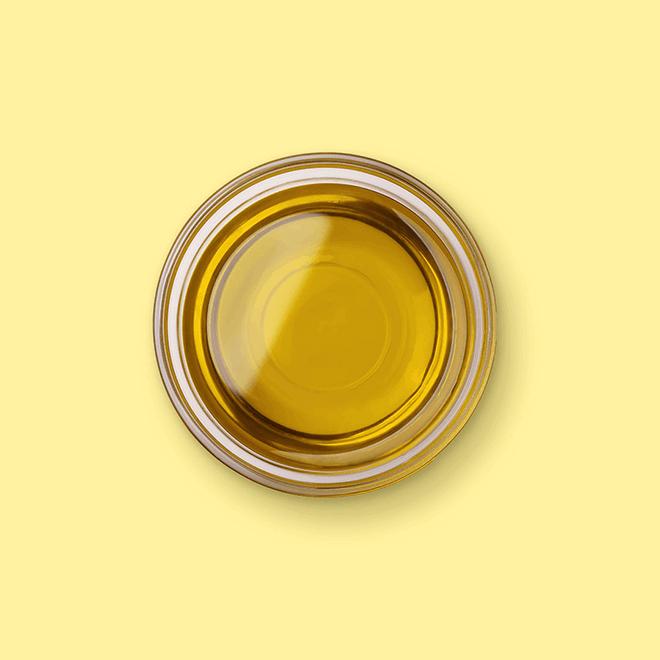Truffle Oil




Truffle oil is a culinary ingredient used to impart the aroma and flavor of truffles to dishes. It's often used as a finishing oil, drizzled over pasta, risotto, pizza, mashed potatoes, salads, or even popcorn. It adds a luxurious, earthy, and umami-rich character to any dish.
Most truffle oil doesn't actually contain any real truffles! It's usually made with a neutral oil, like olive oil, infused with synthetic truffle flavor compounds. True truffle oil made with real truffles is incredibly expensive, making the synthetic varieties more commercially viable.
Truffle oil exists in several varieties: black, white and summer truffle oil. Black is a popular variety that boasts a deeper, richer, and more earthy flavor reminiscent of forest floor, cocoa, and even garlic. Known for its delicate and garlicky aroma, white truffle oil has a subtler flavor profile compared to its black counterpart. Summer truffle oil offers a lighter and fruitier twist on the truffle experience, with notes of honeydew melon, apricot, and sometimes hay.
Navigating the world of truffle oil can be tricky, but choosing the right one can elevate your dishes to new heights of flavor! You can choose from real truffle oil (made with actual truffles, infused in a neutral oil like olive oil), synthetic truffle oil (uses synthetic aroma compounds to mimic truffle scent) or natural truffle oil (utilizes natural truffle derivatives like truffle essence or trimmings).
Like olive oil, truffle oil has grades. Extra virgin or virgin indicate higher quality ingredients and better flavor. Look for reputable brands with transparent ingredient lists and a focus on quality.
Store truffle oil in a dark and cool place in an airtight container. After opening, consider refrigerating it to further extend its shelf life. Real truffle oil can last for several months, while synthetic and natural versions may have longer shelf lives.
Truffle oil has a quite potent aroma and believe it or not, you can add a few drops of it to your next bath or use it as a diffusing oil for a calming and mood-bosting atmosphere.
Another way of using truffle oil is as a massage oil. Blend truffle oil with a carrier oil like almond or coconut oil and use it for a relaxing and grounding massage. The aroma can promote emotional well-being and soothe the senses.
Truffle oil's potency demands respectful use. A little goes a long way, and overdoing it can easily overpower a dish. Start with a few drops and adjust to taste, savoring the nuances rather than drowning them out.
Our olfactory receptors detect these volatile compounds as we smell, triggering the sensation of truffle aroma.
The intense aroma of truffles comes from specialized cells called "ascocarps." These tiny pods burst open when disturbed, releasing a cloud of volatile compounds that entice truffle-hunting pigs and humans alike.
Truffle oil is best used as a finishing oil, drizzled over dishes just before serving. This preserves its delicate aroma and prevents it from burning or losing its potency during cooking.
Truffle oil pairs well with neutral-flavored oils like olive oil or grapeseed oil. Avoid strong-flavored oils like coconut oil or sesame oil, as they can clash with the truffle aroma.
It has a low smoke point and can burn easily, losing its flavor and becoming acrid.
When it comes to health benefits, truffle oil, unfortunately, doesn't hold much weight. While it might add a luxurious touch and intriguing aroma to your dishes, its health claims tend to be exaggerated and often misleading.
Most truffle oil doesn't actually contain any real truffles and is usually made with a neutral oil infused with synthetic compounds and as such, it lacks nutritional value and health benefits. Even genuine truffle oil made with real truffles wouldn't provide significant health benefits due to the minimal amount used in cooking.
Truffle oil, regardless of real or synthetic, still contains calories and fat. Excessive consumption of any oil, including truffle oil, can contribute to weight gain and increase the risk of health problems like heart disease and diabetes.
Corrections or improvements? Email us at
content@sidechef.com